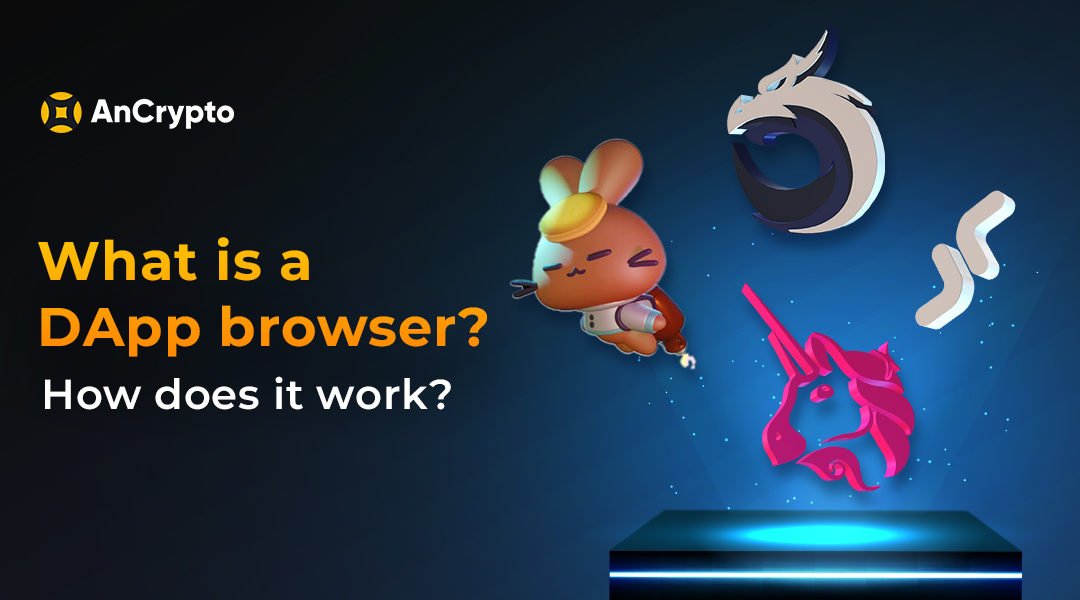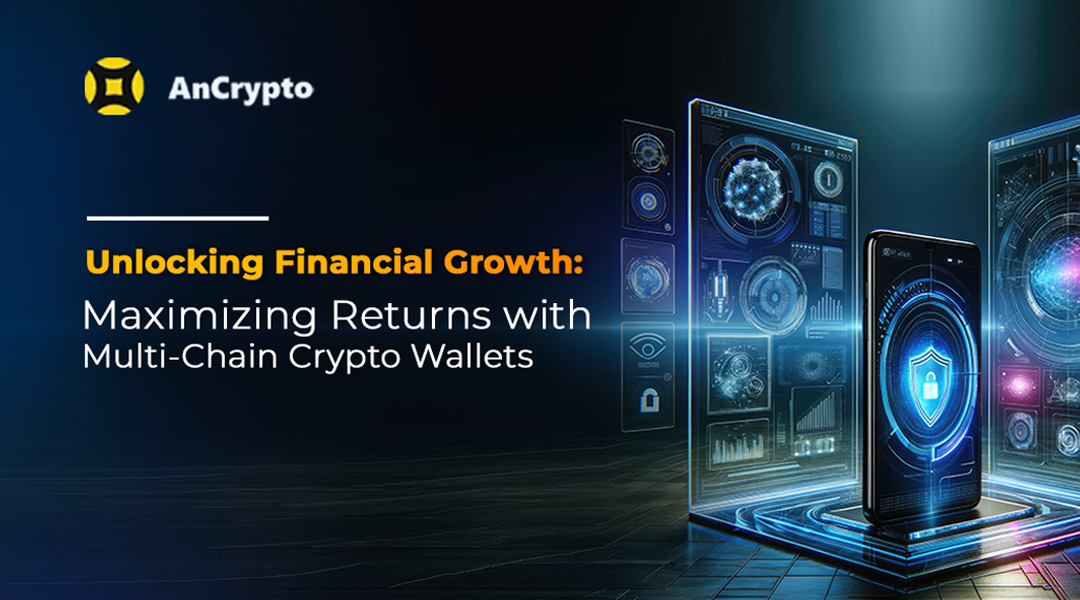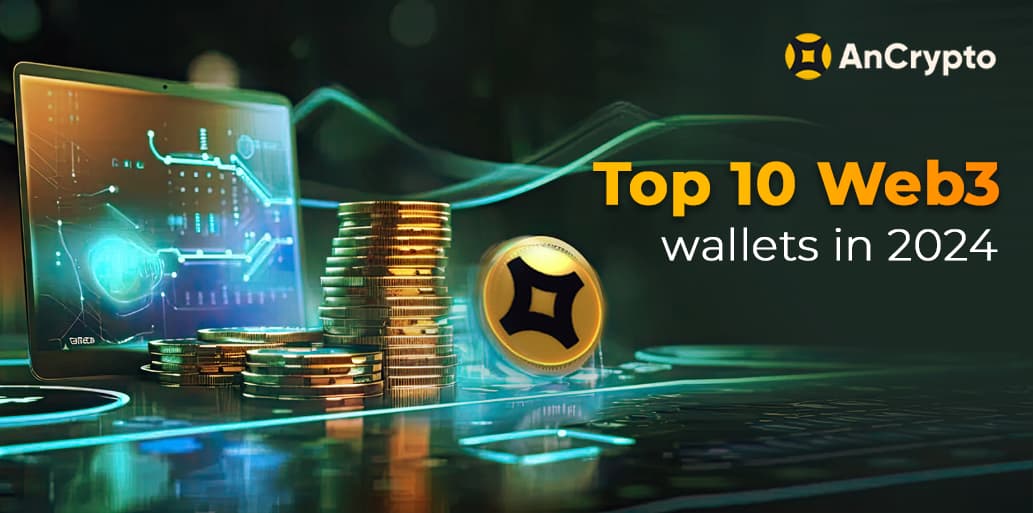Traditional, centralized web browsers were once the norm and most widely used method for browsing. Because everything is centralized, users often feel annoyed and frustrated due to the lack of privacy& control over their data.
This restriction of freedom resulted in the arrival of a brand-new browser that prioritizes democratization and decentralization, it is a game-changer and is referred to as a DApps browser.
So, what the DApp Browser is?
Like Chrome, DApp Browser is a web-based browser. It allows users to leverage Web3 and blockchain technology to access decentralized applications (DApps). It enables users to access and interact with the decentralized web with thousands of decentralized applications that all work together with no central governing force. It can smoothly integrate into any web page enabling users to start interacting with DApps simply by browsing the internet.
The DApps browser is the entry point to this new world of decentralized applications and unlocks an array of opportunities for social media, gaming, and banking. It gives users more privacy and be able to prevent censorship online.
How To Access The DApp Browser?
You can access the DApp browser from their regular web browsers, requiring no additional software or technical expertise. Also, you don’t need a server for it, you can build it on nothing but your computer. However, the blockchain network you wish to use to communicate using the DApp browser depends on your preferences.
Here are a few standards to follow to access the DApp browser:
- Choose the Blockchain Network:
- Download Compatible Wallet:
- Connect the wallet:
- Use the DApps:
- Access to multiple blockchain networks:
- Crypto Wallet integration:
- User-friendly interface:
- Security features:
- Customizable settings:
- Decentralized storage:
The first step is to select the Blockchain network you want to interact with using the DApp browser as every Blockchain has its own DApp browser. Examples:Ethereum, Binance Smart Chain, Polkadot, and others.
You need to download a wallet compatible with Blockchain whose DApps you want to interact with. For example: To interact with Ethereum, you can download a MetaMask wallet. And, to interact with multiple blockchains, you can go for a multi-chain crypto wallet. Once you have a compatible wallet, you can launch the DApp browser.
You must link your wallet to the DApp browser to access the DApps. To do this, you can click on the Connect Wallet option with a tap on the DApp to which you want to connect.
Once you connect the wallet, you can use the web3 DApp browser to access the supported decentralized applications.
Please Note: Methods to use a DApp browser may vary depending upon the wallet and DApp you choose. Kindly follow the instructions mentioned in the wallet and browser.
Features Supported By DApp Browser
Along with providing user-friendly interaction with decentralized applications, here are some key features supported by the DApp browser:
You can interact with any DApp built on any blockchain network using the DApp browser without using private keys.
Integrate DApp Browser with a crypto wallet and securely handle multiple cryptocurrency transactions without leaving the wallet.
The user-friendly interface of the browser makes it easy for any user to navigate and interact with web3 DApps.
DApp browsers have many built-in security features that protect users from malicious DApps and hackers. These features include secure connections, anti-phishing measures, and blocking malicious websites.
You can customize the settings on your DApp browser, like privacy, language, and notification settings. It helps to share a more personalized experience of using decentralized applications with users.
Some DApp browsers have integrated decentralized storage for users to enable them to store and manage data securely.

How is a decentralized web browser different from a regular web browser?
Unlike traditional web browsers, DApps are on decentralized peer-to-peer networks and require no central point of authority or control. The purpose here is to enable users to interact with all blockchains instead of using a third-party processor between them. As the DApp browser functions and hosting are decentralized, they cannot be regulated or censored, so DApps have been touted as an escape from government censorship or central authority.
What Does The Future Hold?
The World Wide Web was originally a single-point-of-failure system, so a centralized web browser is not the perfect solution we are looking for in this age. Decentralized web browsers intend to solve those problems by distributing all of the data on the internet in an encrypted manner. The decentralized internet is in a golden age. However, there are still areas to work on.
For example, Many browsers are not offering enough protection against tracking and surveillance. Conceptually, it might seem like a problem is only solvable with some changes to the core code or protocol – but while those solutions might be pragmatic they don’t have to carry over all their drawbacks into existing projects.
Integrating Multiple DApp Browsers With Multicain Crypto Wallet – AnCrypto
Interact with multiple DApps applications by accessing the built-in DApp browsers in the AnCrypto app. By providing a high-end secure solution to the users, the app enables anyone to access decentralized applications to perform crypto transactions. Integrated DApp browsers in AnCrypto offer a simple way to connect with various decentralized applications. The users can easily access multiple DApp browsers from a single application by using this multi-chain cryptocurrency wallet, eliminating the need to switch between different platforms. With intentions to eventually support multiple DApps created on additional blockchains, the AnCrypto app currently works with Polygon, Binance, and Ethereum, and is looking forward to integrating more applications in the future.





